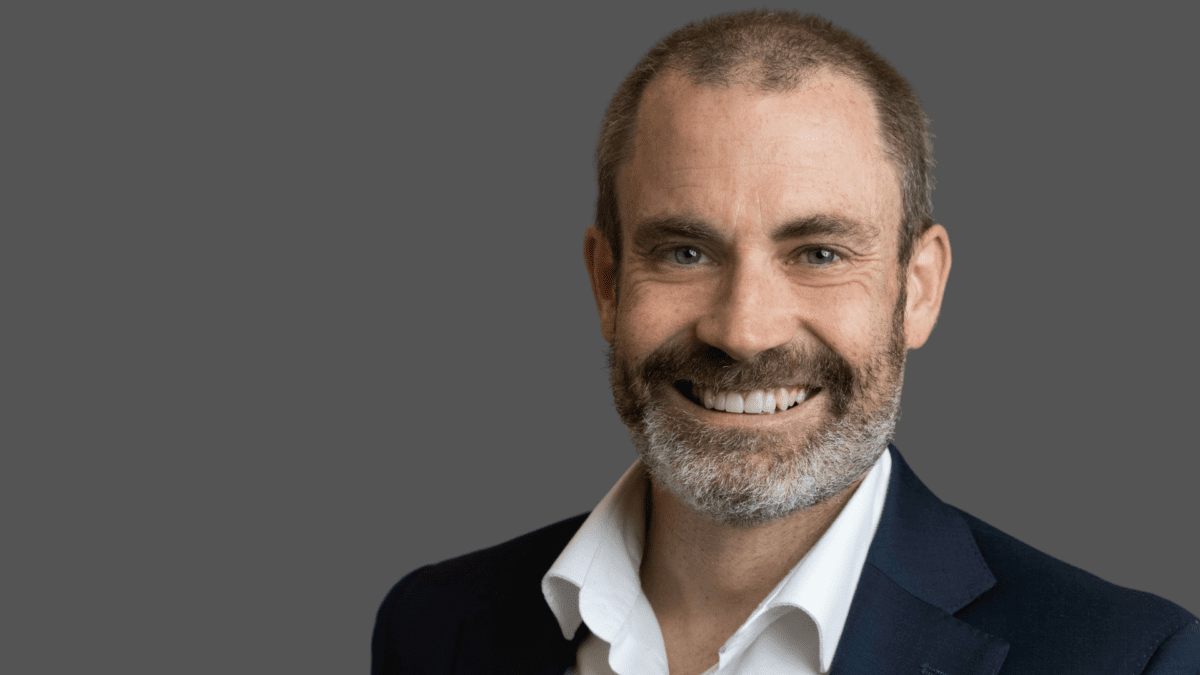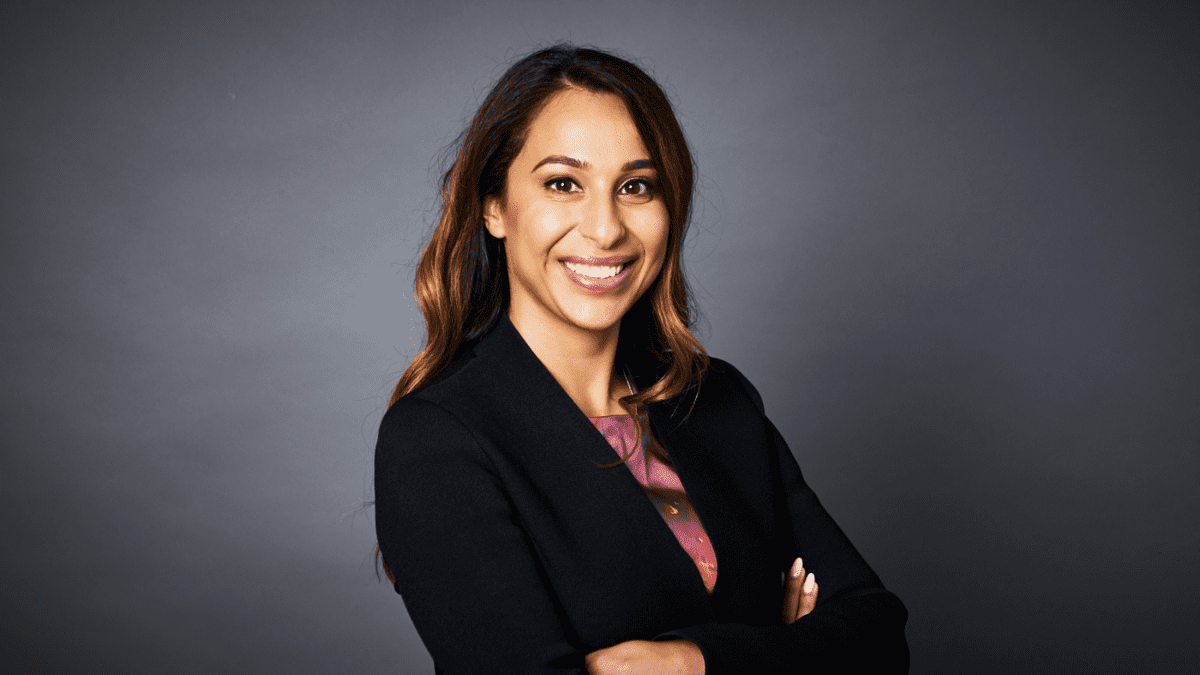Growth assets may be best option for pre-retirees will low super balances
The conventional wisdom to lower portfolio risk as retirement looms may be poor advice for many pre-retirees with lower balances, said Dan Miles, managing director and co-chief investment officer of Innova Asset Management.
APRA data shows that 46.4 per cent of about 1.7-million-member accounts held by those aged between 60 and 64 were invested in MySuper funds at June 30, 2023, with about 60 per cent of these accounts having low balances below $100,000.
“But the fact that the age pension does not diminish significantly up to $400,000 means these retirees can afford to have more aggressive investment portfolios knowing they have the pension as a safety net if the markets tank,” he said.
Indeed, as data presented by National Seniors Australia highlights, the optimum superannuation balance below $1.2 million – it assumes home ownership – is $400,000. Coupled with the age pension, it generates average annual income of $55,116, of which the government portion is nearly two-thirds.
The worse position is someone solely dependent on the pension, but a retiree with a balance of $100,000 as well as the age pension is as well off financially as a retiree with a superannuation balance of $800,000, with the latter having an average annual income of $42,141 of which the pension only contributes about 10 per cent.
Miles said that as superannuation savings grew, the value of the age pension was cut by an even greater amount thanks to a quirk in Australia’s retirement income system.
“Older investors with lower balances (particularly those caught in the age pension ‘taper trap’) may be able to invest more aggressively than default MySuper products knowing that they have the pension as a back-up.
“But pre-retirees with substantial savings above $500,000 are more likely to need to protect those assets from the risk of a market downturn as default MySuper funds are among the most aggressive in the world, allocating between 60 and 70 per cent in growth assets such as equities.”
He said there was an urgent need for pre-retirees to get investment advice. “Sadly, the evidence suggests there is a significant cohort of older Australians who remain disengaged from their superannuation even as retirement looms.
“In many instances these are complex calculations that require financial advice. If you have got $500,000 in superannuation and own your own home, what is the best option for you? This will depend on your personal appetite for risk, your financial commitments, and what sort of lifestyle you want in retirement.”
Miles said it was often not understood by pre-retirees that the advice did not have to be all-encompassing. “It can be limited to areas such as retirement. This limited approach will more than pay for the cost of advice – a factor that is often cited as a reason people don’t see advisers.”
More recently, the regulator has been attempting to move the superannuation industry towards more tailored solutions through the Retirement Income Covenant, with funds expected to incorporate more personalised member datainto their default retirement solutions.
But as the Minister for Financial Services, Stephen Jones, told a superannuation conference, the industry must do a lot better. “Super funds have told me that they have many retirees who have not switched from the accumulation phase to a tax‑free pension account. There are thousands who miss out on the age pension and other benefits simply because they didn’t know who to ask or because they assumed their fund was already doing this for them. We can do so much better.”
It’s a sentiment Miles concurs with. “MySuper lifecycle funds were an early structure that aimed to do this by de-risking a portfolio as investors approached retirement. Most of these use the blunt instrument of age and neglect other basic facets such as total account balance and even home ownership.
“They also fail those investors who would be better served by investing in a growth-oriented portfolio even as they approach retirement.”










